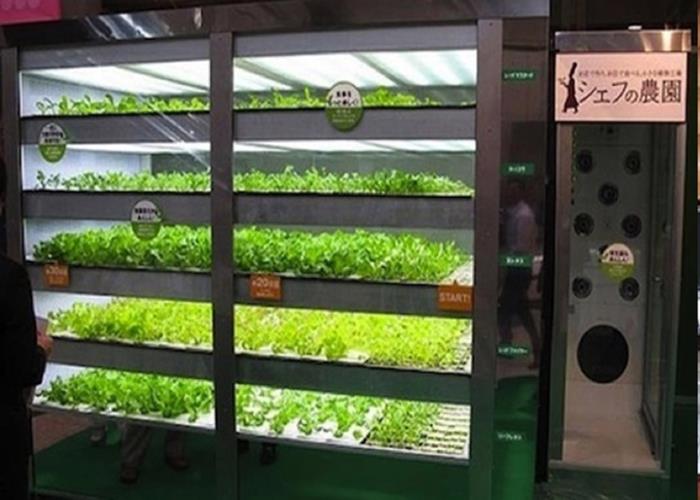How to grow your own lettuce and salad leaves

Grow your own lettuce and never be left without leaves again.
Salad leaves are as close as gardeners get to fast food: from seed to salad bowl in less than six weeks.
They’re also a doddle to grow. As shallow rooted plants, they’ll shoot up pretty much anywhere: think bags, baskets, boots and even old bath sponges! They can also plug gaps between crops in your veg patch or add colour to the front of the flower border.
With a bit of organisation you can also grow salads continually through most of the year – saving pounds on expensive bagged salads in the shops.
Time to turn over a new leaf? Here’s how to get started.
When and what to sow
Coming in all kinds of colours, flavours and textures, lettuce broadly fall into two camps: hearting and non-hearting.
Hearting lettuce produce heads at their centre: think romaine/cos, iceberg or butterhead types. Non-hearting are loose leaf and can be snipped regularly for baby leaves. These speciality salads such as lollo rosso, oak leaf, frisee endive, escarole and mizuna, also known as ‘cut-and-come-again’, can be cut and well… you know the rest.
Sow outdoors from March to August.
Loose-leaf types, in particular, are perfect for succession sowing. This means sowing little and often so you have a regular supply and stop gluts. I make my next sowing as soon as the shoots of my last sowing appear, that way there’s no hunger gaps.
To create a salad bowl to rival shop-bought bags, ensure you grow a couple of crunchy types such as ‘Little Gem’ or ‘Sweet Success’. Next, soft, buttery leaves such as ‘Tom Thumb’. Lastly, a spicy mix of oriental mustard, Greek cress or rocket – cut as baby leaves – for flavour.
These days, there’s a trug load of pre-mixed salad seeds to choose from, which take all the hard work out of selection.
Planting
At this time of year, salads can be sown direct. They prefer sun, but won’t mind partial shade. Do the usual housekeeping: rake and hoe soil to remove stones and create a fine ‘tilth’.
Make a shallow drill with a garden cane and sow into this. Don’t sow all at once. Take a pinch in your hand and spread this thinly along the row, in rows around 30cm apart.

What’s next?
How you grow depends on what you sow.
If you’re sowing hearting, you’ll need to ‘thin’ the seedlings. This means taking out the smallest ones, or every other seedling, to give the others space to grow. Don’t discard as you can use these in the salad bowl too. You want 15cm between plants, depending on your variety.
Loose-leaf types won’t need thinning and you can spread these around if you don’t like the formality of rows. Try growing in fun shapes with the kids: they could even experiment with their own ‘edible signature’.

How to harvest
After this, just keep the seedlings moist. Lettuces can easily ‘bolt’ or go to seed in dry conditions and you don’t want them to put their energy into producing flowers at the expense of tasty leaves.
Harvest loose-leaf lettuces when the leaves reach 5cm high, but leave hearting ones to grow to about 15cm, and cut off the whole head. I like to slice with a knife just below the head and leave the root in as this will send up lush, green shoots to harvest too.

Autumn and winter sowing
It’s also worth thinking about sowing for overwintering.
In August, you can sow autumn types such as Chinese mustard, which comes in a wonderful range of colours and leaf textures. Try crimson-veined Kale ‘Red Russian’, wild rocket, American land cress and mizuna (which, incidentally, can cope with temperatures as low as -15C).
Then move to winter types such as ‘All The Year Round’ or ‘Winter Gem’ and grow them in unheated greenhouse beds or a cold frame for picking in early spring.
A word of warning though, while many people have success with these all-year types, as an organic gardener (and therefore adverse to slug bait) I find the majority are gobbled by slugs and snails before I get to eat them.
In fact, as with all salad growing, grit and copper tape should never be far away to keep pesky invaders at bay!
Do you have any top tips on growing lettuce and salad leaves? Let us know in the Comments below.
Photos iStock and Alice Whitehead
You might also enjoy:
Most Recent
Comments
Be the first to comment
Do you want to comment on this article? You need to be signed in for this feature








